Surgical Oncology (Onco-Surgery)
- Home
- Surgical Oncology (Onco-Surgery)
Surgical Oncology (Onco-Surgery)
Surgical oncology in India focuses on the surgical treatment of cancer through specialized procedures to remove tumors and diseased tissue. This department covers different types of cancer, including breast, gastrointestinal, and head and neck cancers. Surgeons use advanced techniques, including minimally invasive surgery and robotic-assisted procedures, to improve outcomes. With an increasing emphasis on multidisciplinary care, Indian hospitals offer comprehensive cancer management that combines surgery, chemotherapy, and radiation therapy. Let Medkins Healthcare assist you in accessing top surgical oncology department in India, with expert guidance to the best Onco-Surgery specialist doctors and hospitals and ongoing support throughout your treatment.
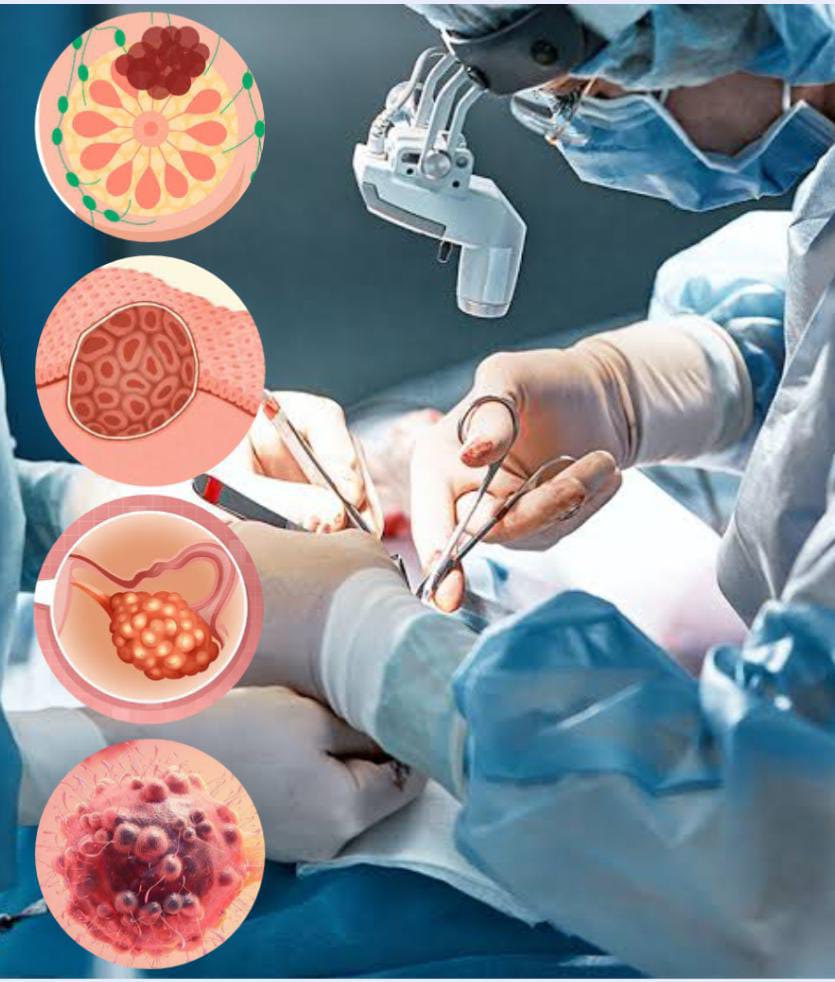
Diseases Treated by Surgical Oncology
Breast Cancer – Malignant tumor originating in the breast tissue. Types include invasive ductal carcinoma, invasive lobular carcinoma, and ductal carcinoma in situ (DCIS). Treatment often involves surgery to remove the tumor or the entire breast.
Colorectal Cancer – Cancer of the colon or rectum. Includes adenocarcinoma and other rare types. Surgery is often used to remove the tumor and surrounding tissue.
Lung Cancer – Malignancy in the lungs, categorized as non-small cell lung cancer (NSCLC) and small cell lung cancer (SCLC). Surgical options include resection of part or all of the lung.
Esophageal Cancer – Cancer of the esophagus, which may be adenocarcinoma or squamous cell carcinoma. Surgery often involves removing part or all of the esophagus and nearby lymph nodes.
Stomach (Gastric) Cancer – Malignancy of the stomach lining, including adenocarcinoma and other less common types. Surgical procedures may include partial or total gastrectomy.
Pancreatic Cancer – Malignancy of the pancreas, often presenting as pancreatic ductal adenocarcinoma. Surgical treatment may involve procedures to remove the tumor and surrounding structures.
Head and Neck Cancer – Cancers of the oral cavity, pharynx, larynx, and sinuses. Includes squamous cell carcinoma and other types. Surgery aims to remove the tumor and affected lymph nodes.
Skin Cancer – Malignant tumors of the skin, including basal cell carcinoma, squamous cell carcinoma, and melanoma. Surgery is used to remove the cancerous tissue.
Kidney Cancer – Malignancy originating in the kidneys, such as renal cell carcinoma. Surgical options include nephrectomy (removal of the kidney) or partial nephrectomy.
Bladder Cancer – Cancer affecting the bladder lining, often treated with surgery to remove the tumor and potentially the bladder itself (cystectomy).
Soft Tissue Sarcomas – Malignancies of the soft tissues like muscles, fat, nerves, or blood vessels. Types include liposarcoma, leiomyosarcoma, and synovial sarcoma. Surgery is used to remove the tumor and surrounding tissue.
Ovarian Cancer – Malignant tumors of the ovaries, including epithelial, germ cell, and stromal tumors. Surgical treatment may involve oophorectomy (removal of ovaries) and debulking procedures.
Endometrial Cancer – Cancer of the uterine lining, usually treated with hysterectomy (removal of the uterus) and possibly removal of surrounding tissues.
Testicular Cancer – Malignancy of the testicles, including seminomas and non-seminomas. Surgical treatment typically involves orchiectomy (removal of the testicle).
Thyroid Cancer – Malignancy of the thyroid gland, including papillary, follicular, and medullary thyroid cancers. Surgery usually involves thyroidectomy (removal of part or all of the thyroid gland).
Brain and CNS Tumors – Tumors in the brain and central nervous system, such as gliomas, meningiomas, and medulloblastomas. Surgery aims to remove or reduce the size of the tumor.
Conditions that can be Treated by Surgical Oncology
- Localized Tumors: Tumors confined to a specific area, often treated with surgery to remove the tumor and surrounding tissue.
- Regional Metastasis: Cancer that has spread to nearby lymph nodes or tissues, often requiring surgical resection of affected areas.
- Recurrent Cancer: Tumors that have returned after initial treatment, potentially requiring additional surgical intervention.
- Palliative Care: Surgical procedures aimed at alleviating symptoms and improving quality of life in advanced cancer cases.
- Prevention and Prophylaxis: Surgery for individuals at high risk of cancer, such as mastectomy or oophorectomy in high-risk patients.
Procedures performed in Surgical Oncology
Lumpectomy – Surgical removal of a breast tumor and a small margin of surrounding tissue, typically used in breast cancer treatment.
Mastectomy – Removal of one or both breasts, used to treat or prevent breast cancer. Includes total mastectomy, modified radical mastectomy, and skin-sparing mastectomy.
Partial Nephrectomy – Removal of a portion of the kidney affected by cancer, preserving the remaining healthy kidney tissue.
Radical Nephrectomy – Complete removal of the kidney along with surrounding tissue, lymph nodes, and possibly the adrenal gland, for kidney cancer treatment.
Gastrectomy – Surgical removal of part or all of the stomach, used to treat gastric cancer. Includes partial gastrectomy and total gastrectomy.
Pancreaticoduodenectomy (Whipple Procedure) – Complex surgery to remove the head of the pancreas, part of the small intestine, gallbladder, and sometimes part of the stomach, used for pancreatic cancer.
Esophagectomy – Removal of part or all of the esophagus, often involving reconstruction of the esophagus using parts of the stomach or intestines.
Cystectomy – Surgical removal of the bladder, often used for treating bladder cancer. May be partial (removal of part of the bladder) or radical (removal of the entire bladder).
Thyroidectomy – Removal of part or all of the thyroid gland, used to treat thyroid cancer or other thyroid disorders.
Hysterectomy – Removal of the uterus, used to treat endometrial cancer or other gynecological conditions. Includes total, subtotal, and radical hysterectomy.
Orchiectomy – Surgical removal of one or both testicles, used for treating testicular cancer.
Colorectal Resection – Removal of part of the colon or rectum affected by cancer, which may involve anastomosis (reconnection of bowel segments) or creation of a colostomy.
Wide Local Excision – Removal of a cancerous tumor along with a margin of healthy tissue, typically used for skin cancers and some soft tissue sarcomas.
Laparoscopic Surgery – Minimally invasive surgery using small incisions and a camera to guide the removal of tumors or affected organs, applicable to various cancers.
Debulking Surgery – Surgical procedure to remove as much of a tumor as possible, typically used in advanced stages of cancer to relieve symptoms and improve effectiveness of other treatments.
Limb Salvage Surgery – Limb salvage surgery removes cancerous bone while preserving the limb, often using prosthetics or bone grafts for reconstruction.
Bone Resection – Bone resection involves removing cancerous bone, potentially followed by reconstruction using grafts or implants to restore function and stability.
Amputation – Amputation removes a limb affected by cancer, ensuring complete tumor removal and allowing for prosthetic fitting and rehabilitation.
Enucleation – Enucleation involves removing the entire eye to treat advanced eye cancers, often followed by prosthetic eye placement and rehabilitation.
Orbital Exenteration – Orbital exenteration removes the eye and surrounding tissues to treat extensive orbital tumors, followed by reconstructive surgery to restore appearance.
Local Excision – Local excision involves removing a cancerous tumor from the eye or surrounding tissues, aiming for minimal impact on vision.
Colectomy – Colectomy removes all or part of the colon affected by cancer, often followed by anastomosis or stoma creation for bowel function.
Bowel Resection – Bowel resection removes cancerous sections of the intestine, rejoining healthy segments to restore bowel function and alleviate symptoms.
Stoma Creation – Stoma creation involves forming an opening in the abdomen for waste elimination after bowel resection, aiding in cancer recovery and management.
Laryngectomy – Laryngectomy removes the larynx to treat advanced throat cancer, leading to changes in speech and breathing, managed with a voice prosthesis.
Glossectomy – Glossectomy involves removing part or all of the tongue to treat oral cancer, requiring reconstructive surgery and therapy for speech and swallowing.
Neck Dissection – Neck dissection removes lymph nodes and surrounding tissue to treat cancer spread in the head and neck, often followed by reconstructive surgery.
Our Focused Specialties
Multi-Specialty Care Hub
Discover India’s diverse multi-specialty health departments and treatments. We’re dedicated to ensuring a healthier tomorrow, navigating the dynamic realm of Indian healthcare. Our wide range of specialties includes top-notch hospitals, selected based on quality and healthcare facilities. Join us for a personalized journey to optimal health and wellness.
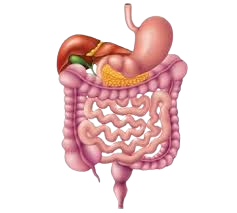
Gastro-intestine

Pulmonology

Ophthalmology
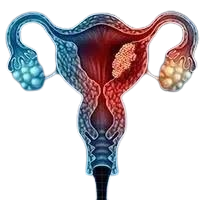
Gynaecology
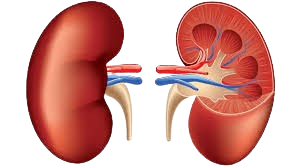
Nephrology
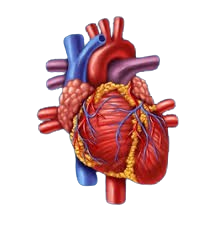
Cardiac
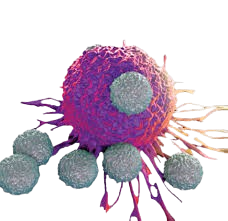
Hematology

Neurology

Bone & Joint
Looking for an expert !
Our Healthcare is home to some of the eminent doctors in the world

Dr Rajesh Sharma

Dr Sandeep Vaishya

Dr Sandeep Vaishya

Dr Rajesh Sharma

Dr Rajesh Sharma

Dr Sandeep Vaishya
Easy Access Links
- International Patients
- We & Why
- Core Specialites
- Common Procedures
- Hospitals
- Doctors
- Treatment Locations
- Way To Healing
- Wise to ask before
- Comfort and Satisfaction
